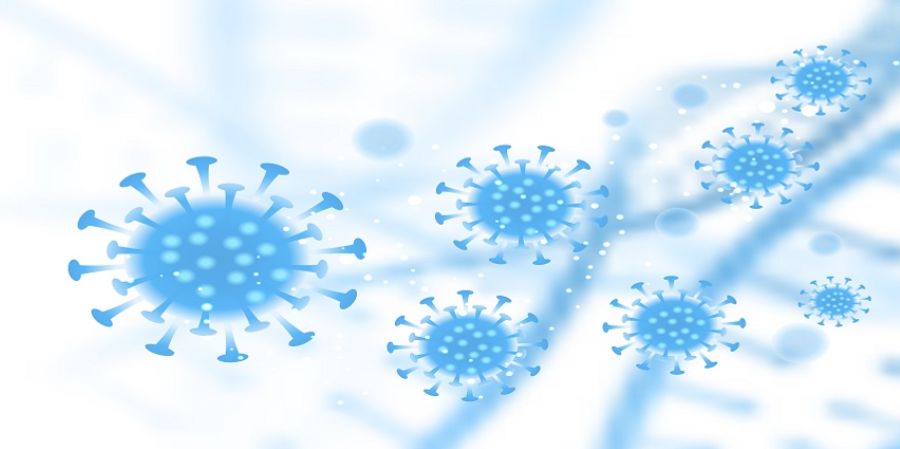

What exactly are waterborne illnesses?
The term "waterborne diseases" refers to ailments brought on by microscopic organisms, such as viruses and bacteria that are consumed through tainted water or by coming into touch with faces.
Discover the three waterborne illnesses today, and take steps to avoid them.
Typhoid fever, though uncommon in industrialized nations, is well-known in very underdeveloped regions of developing countries; it is believed that up to 20 million individuals globally contract the illness each year. It is extremely contagious and spreads through tainted food, unclean water, and subpar hygiene.
These signs include:
Prevention and Treatment
For those travelling to places where contaminated water and inadequate sanitation are frequent, vaccinations are advised. The vaccination can be administered orally over a period of days or as an injection. Avoid consuming food from villagers or street sellers, and refrain from consuming any unbottled, sealed water. Antibiotics are used to treat typhoid.
Cholera is frequently seen in remote areas or humanitarian crises when deprivation and poor sanitation are pervasive. The illness, which causes severe diarrhea and dehydration, is spread by tainted water.
These signs include:
Prevention and Treatment
When travelling, cholera is a watery disease that is easily avoidable. Wash your hands frequently, avoid eating raw fish (no sushi), and only consume fruits and vegetables that you can peel yourself, such as avocados, bananas, and oranges.
Dysentery is a waterborne illness caused by an intestinal infection that is characterized by extreme diarrhea and blood or mucus in the stool. Because poor hygiene is a major factor in the transmission of the disease, dysentery is a solid reason to regularly wash your hands. It may be brought on by contaminated food, drink, or faeces as well as by bacteria, viruses, or parasites.
These signs include:
Prevention and Treatment
Wash your hands with soap frequently, ask for no ice in your drinks, avoid eating food from street vendors, and only consume fruits that you can peel in order to prevent dysentery. When visiting regions with a higher risk of dysentery, such as those where appropriate hygiene practices are uncommon, only drink sealed, bottled water.
Give with Life water to permanently stave against waterborne illnesses:
Waterborne infections are common and deadly in many areas of the world, yet preventative information is not frequently disseminated there. For more than 40 years, Life water has sought out these locations, working with locals to promote important hygiene and health practices and building specialized water technologies in locations with the most challenging water access.
